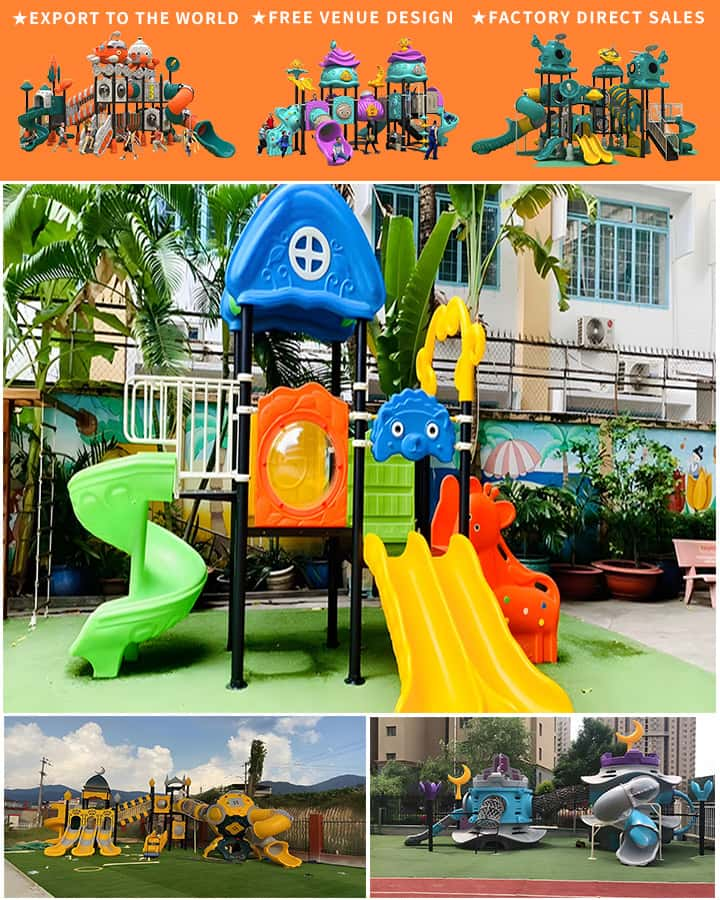In recent years, the significance of school playgrounds in promoting physical activity and overall well-being among students has gained widespread attention. Recognizing this critical need, various grant funding initiatives have emerged to support the acquisition and maintenance of quality playground equipment. This article explores the transformative impact of these grants on school playgrounds, highlighting their benefits and the positive changes they bring to educational environments.
The Importance of Playgrounds in Educational Settings
Playgrounds serve as vital spaces for children’s physical development, social interaction, and mental health. Research consistently shows that regular physical activity during childhood can lead to better academic performance, improved mood, and enhanced cognitive function. However, many schools face budget constraints that limit their ability to provide safe and engaging play environments. This is where grant funding plays a crucial role.
The Role of Grant Funding
Grant funding for playground equipment comes from various sources, including federal and state governments, non-profit organizations, and private foundations. These grants are typically awarded based on specific criteria, such as the demonstrated need, the quality of the proposed project, and the expected impact on student health and safety. By providing financial assistance, these grants enable schools to upgrade their playgrounds with modern, safe, and inclusive equipment.
Benefits of Upgraded Playgrounds

Enhanced Safety: One of the primary benefits of new playground equipment funded by grants is increased safety. Older equipment can be hazardous due to wear and tear, posing risks of injuries to students. Modern equipment meets current safety standards, reducing the likelihood of accidents and ensuring a safer environment for all children.
Inclusivity: Grants often emphasize the need for inclusive playgrounds that cater to children of all abilities. This includes installing wheelchair-accessible swings, sensory-rich play structures, and surface materials that accommodate different needs. Such inclusivity fosters a sense of belonging and equality among students.
Physical Health: Updated and diverse playground equipment encourages more physical activity. Structures like climbing walls, balance beams, and interactive installations engage children in active play, promoting fitness and healthy lifestyle choices from a young age.
Social Skills: Playgrounds are essential for social development. They provide opportunities for children to interact, collaborate, and resolve conflicts in a natural setting. Well-equipped playgrounds enhance these experiences by offering varied and stimulating play options that encourage group activities and teamwork.
Case Studies and Success Stories
Numerous schools across the country have benefited from playground equipment grants, resulting in remarkable transformations. For instance, a suburban elementary school received a state grant that allowed them to replace outdated jungle gyms with innovative play structures that incorporated elements of nature, such as rope bridges and log stepping stones. The new setup not only sparked creativity but also encouraged outdoor exploration, significantly increasing the time students spent playing outside.
Another success story involves an urban school that secured funding from a private foundation to install a fully accessible playground. The addition of ramps, tactile paths, and adaptive swings enabled students with disabilities to enjoy the playground alongside their peers, breaking down barriers and fostering a more inclusive community spirit.
Challenges and Future Directions
While grant funding has undeniably enriched many school playgrounds, challenges remain. Competition for grants is fierce, and not all schools with a dire need may secure funding. Moreover, ongoing maintenance of new equipment requires additional resources. To address these issues, it is crucial for stakeholders to advocate for increased funding, develop sustainable maintenance plans, and promote awareness about the importance of investing in playground infrastructure.
Conclusion
Grant funding for playground equipment has proven to be a powerful catalyst for positive change in school settings. By upgrading playgrounds, these funds contribute to the creation of safer, more inclusive, and engaging environments that support children’s physical health, social skills, and overall well-being. As we continue to recognize and invest in the value of playgrounds, we pave the way for a healthier, happier, and more connected generation of students.




